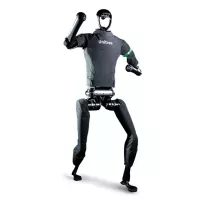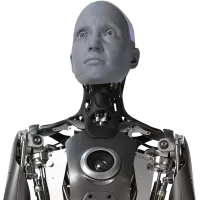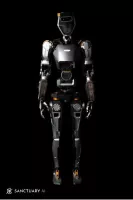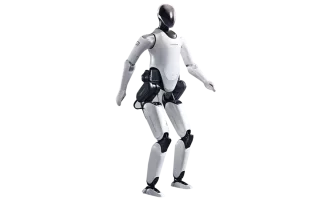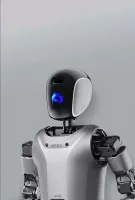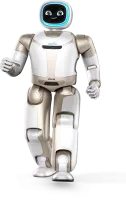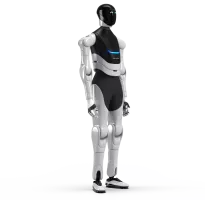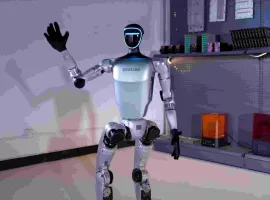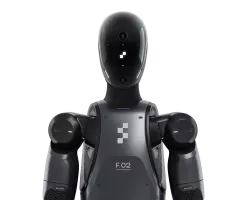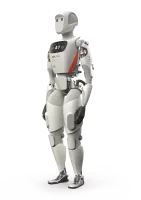Honda ASIMO Specifications
Ranked Nr. 4 of 39 Humanoid Robot

Honda's ASIMO, an acronym for Advanced Step in Innovative Mobility, was one of the most advanced humanoid robots during its time of active development. Engineered to operate in human environments, ASIMO could walk or run on two legs, with the ability to navigate around people and objects without falling. This capability was highlighted by its ability to maintain balance even when unexpectedly bumped into. ASIMO's design focused on mobility within the same spaces as humans, showcasing a significant stride in robotics aimed at practical daily interactions.
ASIMO was also designed to perform tasks using its hands, which allowed it to interact with objects and environments in a human-like manner. It could perform a variety of manual tasks from opening a bottle to operating switches and handling delicate objects, making it a potential assistant in both home and office settings. Furthermore, ASIMO could understand spoken commands and respond to them, facilitating interaction with people that included responding to the intentions and commands of nearby individuals.
Beyond its immediate functionalities, ASIMO served as a long-term research project that contributed to Honda's understanding of safe robot-human coexistence. Over its operational period, ASIMO took over 33 million steps and walked a total distance of nearly 7,907 kilometers, providing extensive data on long-term robot use in human environments. This experience informed safety enhancements and highlighted the need for ongoing development to address scenarios like ensuring safety when falling near children, reflecting the complexities of real-world human-robot interaction. Honda's ongoing research now also explores non-bipedal robot mobility to enhance safety and efficiency, underscoring the evolving nature of robotics in adapting to human spaces.
| Power |
|
| Product mass | 54 kg |
| Top Speed | 1.67 m/s |
| Height | 1.3 m |
| Industry |
|
| Application |
|



